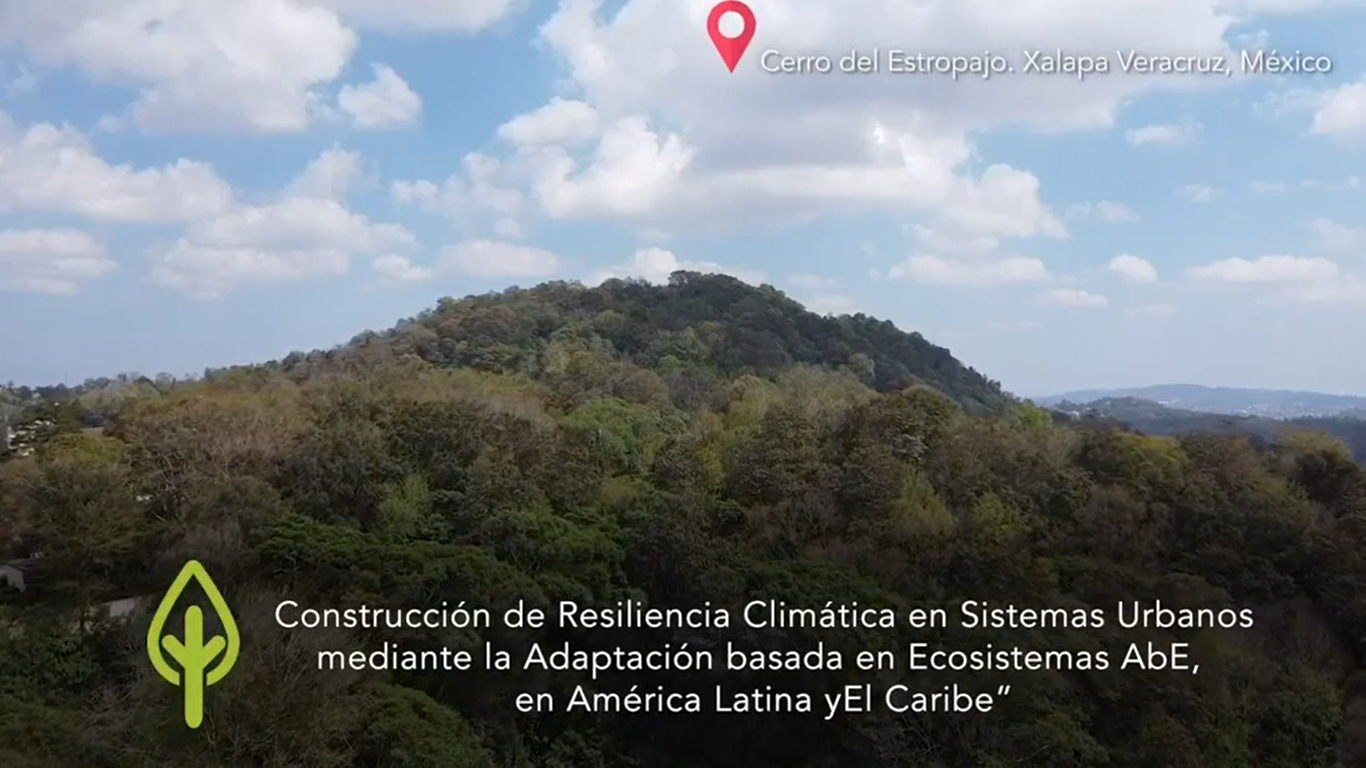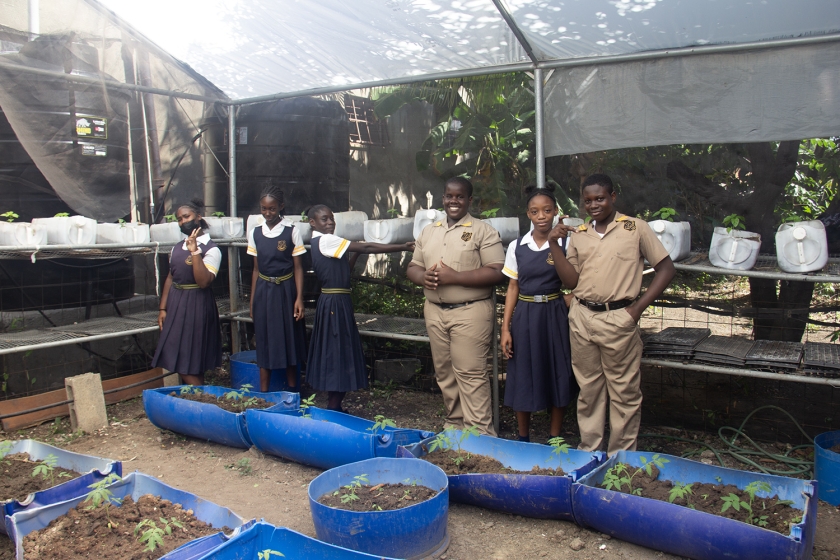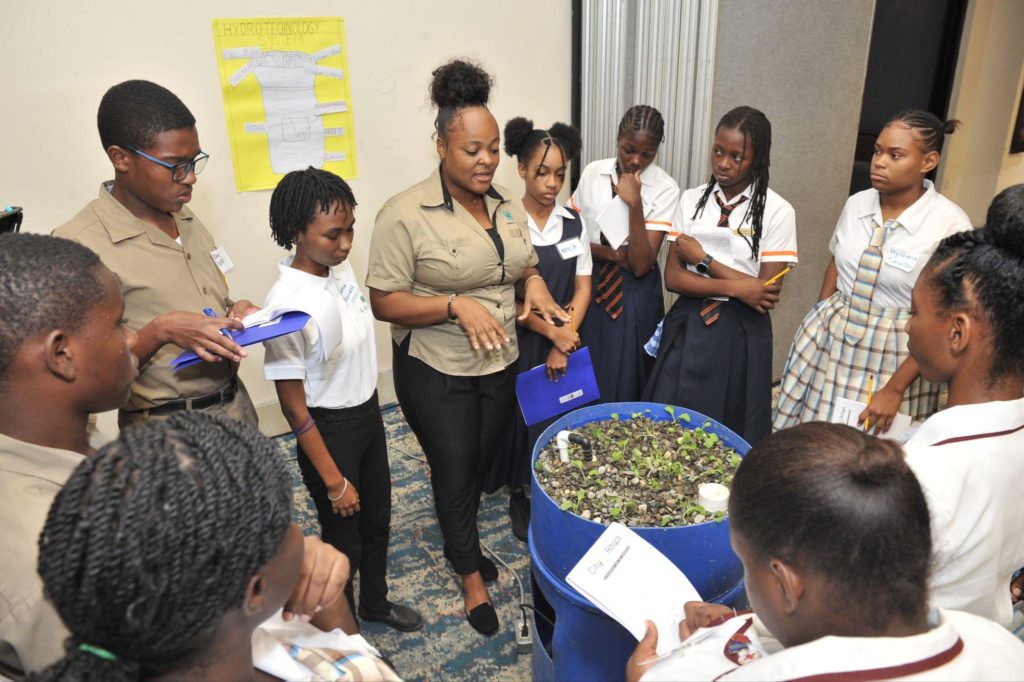Having recently celebrated both World Environment Day and the formal launch of the United Nations Decade on Ecosystem Restoration (2021-2030) on June 5th, CityAdapt highlights the progress made on the ecological restoration of Estropajo Hill in Xalapa, Mexico.
As part of a collection of locations with forest remnants and greater ecological connectivity in the Xalapa-Tlalnelhuayocan metropolitan area in the heart of the state of Veracruz, the Estropajo Hill plays a strategic role as a buffer against the impacts of climate-related hazards. It also provides various ecosystem services such as water provisioning and aquifer recharge, air purification, and noise-pollution reduction while serving as a refuge for flora and fauna endemic to the region, some of which are in danger of extinction. The Estropajo Hill is vital to building the region’s climate resilience.
In contrast to the multiple benefits provided by the Estropajo Hill, recent socio-environmental climate vulnerability studies have shown that the rise in temperatures and variability in rainfall patterns have exacerbated the frequency and intensity of flooding and landslides from hillsides, processes which, added to the unplanned growth of the city of Xalapa, put the lives of residents living on or near the Hill at risk.
Because of those threats, rapid urbanization, and the urgent need to increase forest remnants and Xalapa’s resilience, the CityAdapt project, “Building Climate Resilience of Urban Systems through Ecosystem-based Adaptation (EbA) in Latin America and the Caribbean,” has been promoting the “Estropajo Hill Ecological and Agroforestry Restoration” initiative. During its first phase, the initiative developed a plan for ecological restoration, agroforestry production and soil conservation to subsequently implement Nature-based Solutions in a concerted manner with the participation of local landowners and families in its second stage.
These NbS’ goal is to maintain the Estropajo Hill’s connectivity with other forest remnants in the Xalapa-Tlalnelhuayocan metropolitan area and protect the region’s biodiversity, ecological processes, and ecosystem services. Additionally, alternative livelihoods using best practices are being established with the participation of different parts of society and the government, advancing the sustainable development of the region and helping build urban climate resilience.




